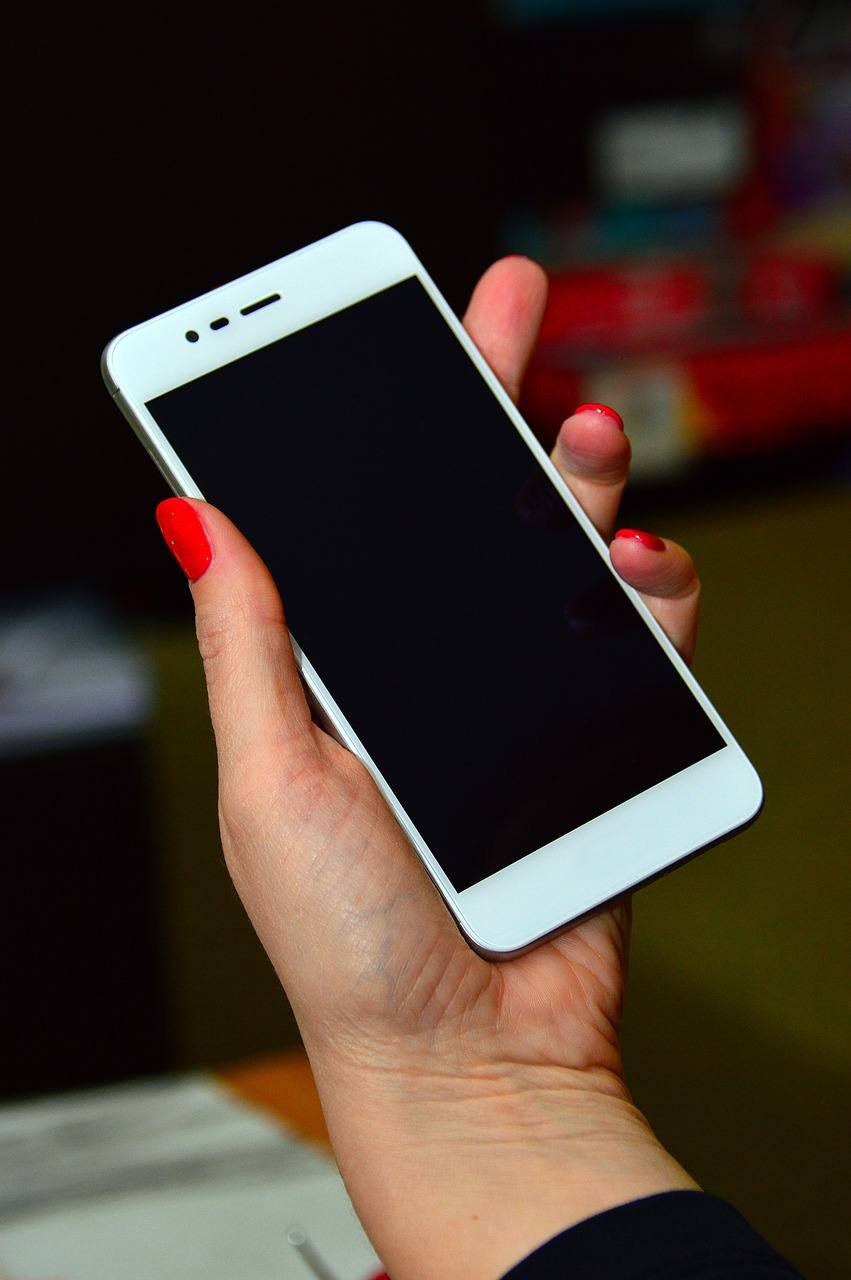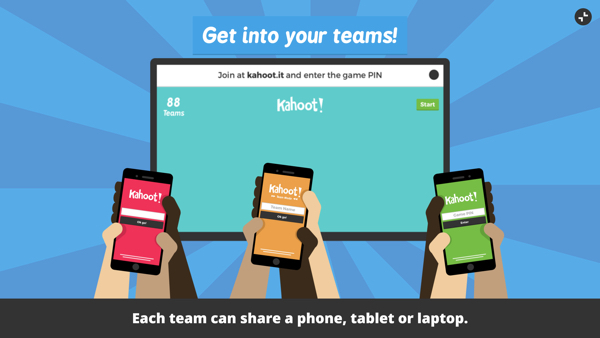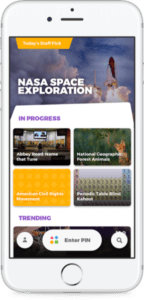Has your school implemented BYOD, but you are thinking OMG? Don’t panic. It is possible to get the most from a BYOD environment without going crazy. Try these tips in your classroom.
- You are the leader in the classroom. Control the use of devices when you or anyone is addressing the class. Devices should be on the desk, screen down, knees toward me, lid closed. Allow devices only when the lesson requires them.
- Ask three before me. Encourage students to support each other since you’ll not be able to support all of the devices yourself.
- Keep your management plan in place. Create and enforce consistent consequences in your room for off-task behavior.
- Bring it out only when necessary. Not every lesson will require a device.
- You do not need to know how to use each device, but you should know what each can do. Students should all be able to use their own device, regardless of the lesson.
- Start small. It’s always wise to start with baby steps. Millions of apps and websites exist, and the volume of information and options can be overwhelming. Choose one or two to become comfortable with and to start with.
- Walk around. This helps encourage on-task behavior and lets you scan for students who need additional support.
- Always have a Plan B. Sometimes technology fails. Be sure there are other ways to support your lesson.
- Clearly communicate appropriate use. Before you let students use their devices when they finish work, make sure you specify what they may do with the devices (i.e.: read, play games, complete homework).
- Don’t give up. If your first BYOD lesson doesn’t go as planned, try and try again. Patience produces a great runner, so be happy with small gains and work your way up to leading the race.
Featured Image: Phone by Gábor Adonyi from Pixabay



 Kahoot has upped its game by adding a Team Mode. Students get into teams with just one device between them. The teacher opens up a Kahoot! and now has the choice of selecting between Classic and Team Mode. Team captains (kids holding the devices) enter their team’s name and their players’ nicknames. Then they begin the game. This will be great for helping kids learn to work together or for those classrooms where devices are limited.
Kahoot has upped its game by adding a Team Mode. Students get into teams with just one device between them. The teacher opens up a Kahoot! and now has the choice of selecting between Classic and Team Mode. Team captains (kids holding the devices) enter their team’s name and their players’ nicknames. Then they begin the game. This will be great for helping kids learn to work together or for those classrooms where devices are limited. At the ISTE conference in San Antonio, Kahoot! unveiled a new mobile app for the game. What’s great about the app is that now both the questions and the answers will appear on the student screens. (Before, students had to look at the projected image in the classroom to see the question and then answer it on their own devices.) It also includes Challenges that can be issued by the teacher or by students to each. You can preview the new app (available in both Android and iOS) by signing up to be a
At the ISTE conference in San Antonio, Kahoot! unveiled a new mobile app for the game. What’s great about the app is that now both the questions and the answers will appear on the student screens. (Before, students had to look at the projected image in the classroom to see the question and then answer it on their own devices.) It also includes Challenges that can be issued by the teacher or by students to each. You can preview the new app (available in both Android and iOS) by signing up to be a